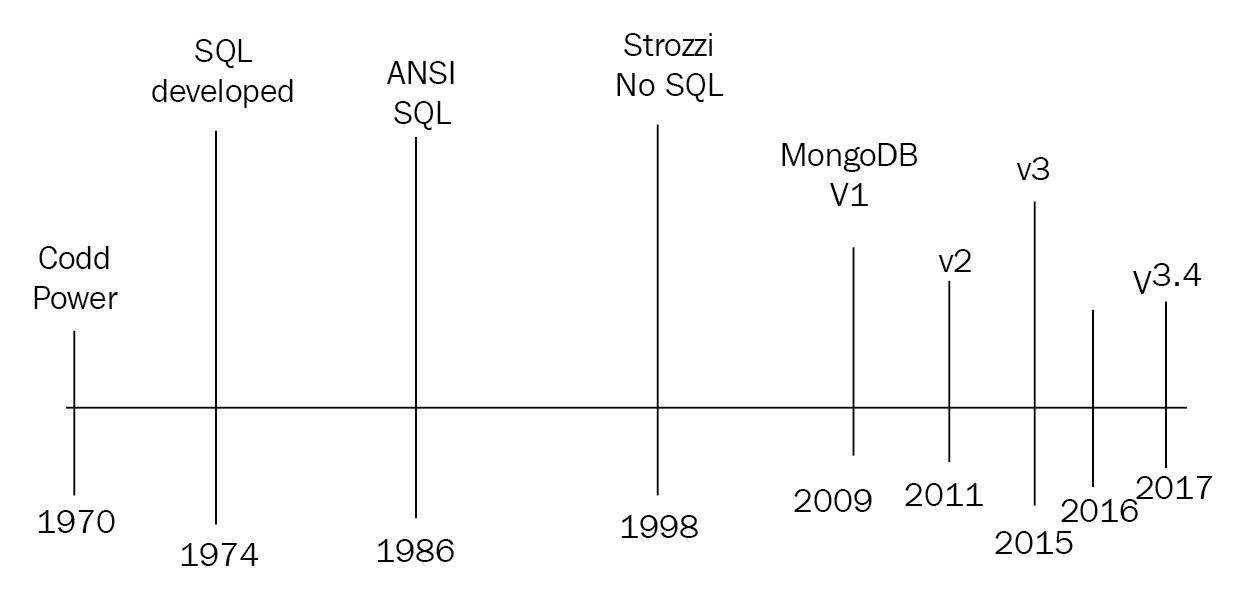Structured Query Language existed even before the WWW. Dr. EF Codd originally published the paper A Relational Model of Data for Large Shared Data Banks, in June 1970, in the Association of Computer Machinery (ACM) journal, Communications of the ACM. SQL was initially developed at IBM by Chamberlin and Boyce in 1974. Relational Software (now Oracle Corporation) was the first to develop a commercially available implementation of SQL, targeted at United States governmental agencies.
The first American National Standards Institute (ANSI) SQL standard came out in 1986 and since then there have been eight revisions with the most recent being published in 2016 (SQL:2016).
SQL was not particularly popular at the start of the WWW. Static content could just be hard coded into the HTML page without much fuss. However, as functionality of websites grew, webmasters wanted to generate web page content driven by offline data sources to generate content that could change over time without redeploying code.
Common Gateway Interface (CGI) scripts in Perl or Unix shell were driving early database driven websites in Web 1.0. With Web 2.0, the web evolved from directly injecting SQL results into the browser to using two- and three-tier architecture that separated views from business and model logic, allowing for SQL queries to be modular and isolated from the rest of a web application.
Not only SQL (NoSQL) on the other hand is much more modern and supervenes web evolution, rising at the same time as Web 2.0 technologies. The term was first coined by Carlo Strozzi in 1998 for his open source database that was not following the SQL standard but was still relational.
This is not what we currently expect from a NoSQL database. Johan Oskarsson, a developer at Last.fm at the time, reintroduced the term in early 2009 to group a set of distributed, non-relational data stores that were being developed. Many of them were based on Google's Bigtable and MapReduce papers or Amazon's Dynamo highly available key-value based storage system.
NoSQL foundations grew upon relaxed ACID (atomicity, consistency, isolation, durability) guarantees in favor of performance, scalability, flexibility and reduced complexity. Most NoSQL databases have gone one way or another in providing as many of the previously mentioned qualities as possible, even offering tunable guarantees to the developer.

